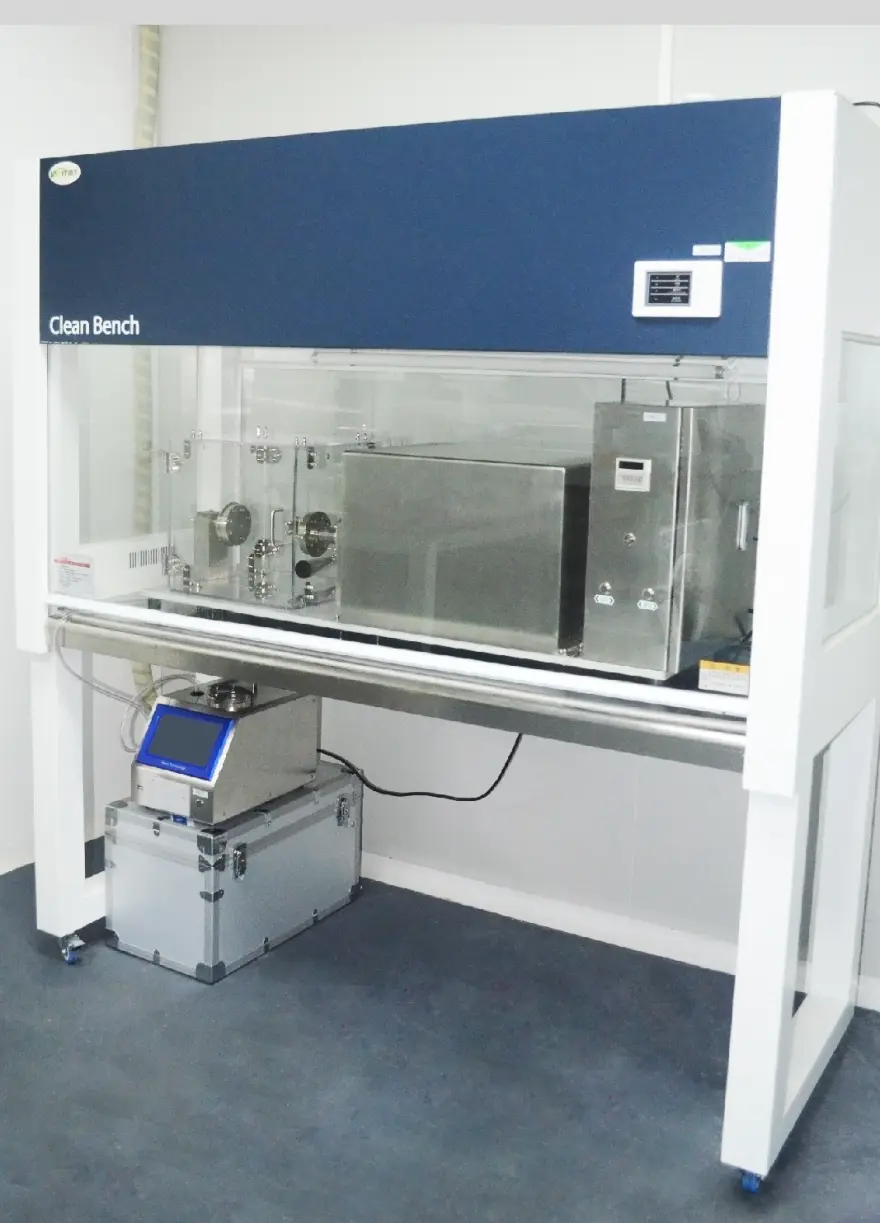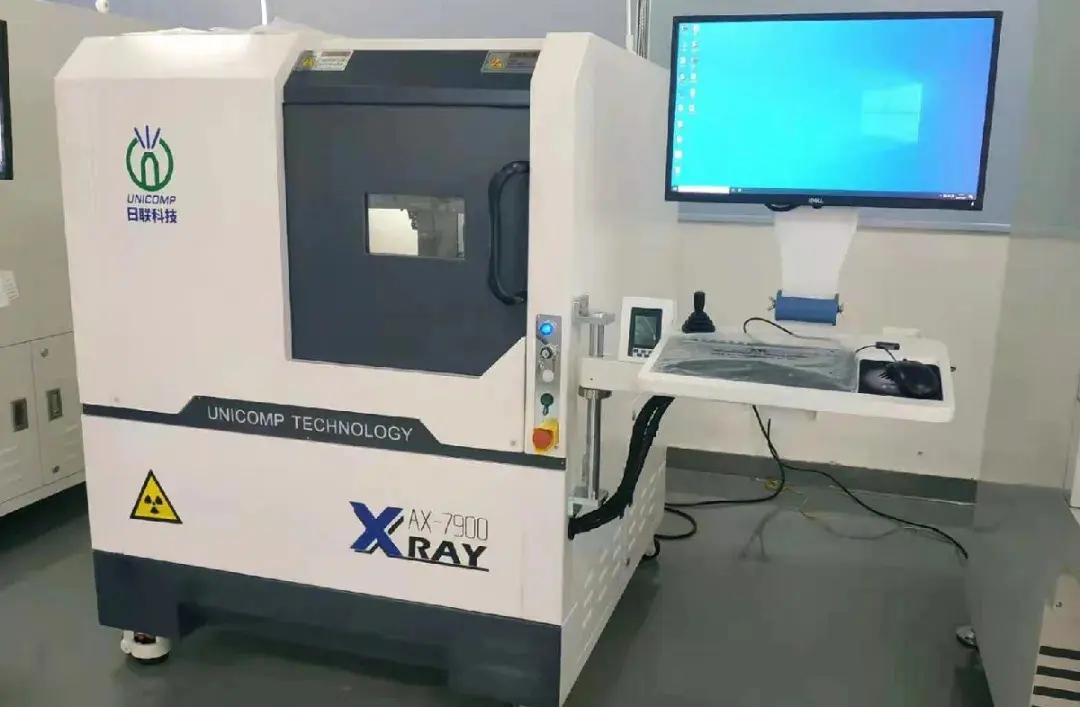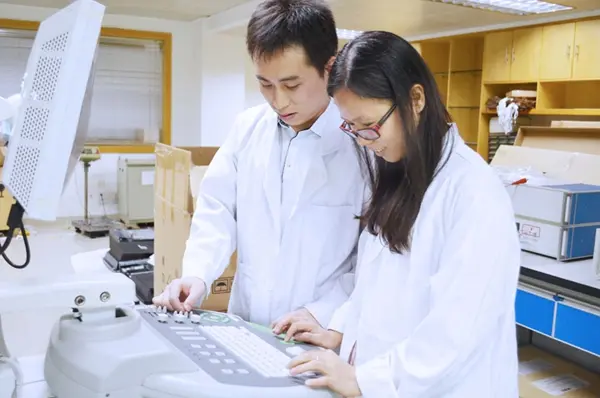
UL1642 Certification Battery Standard Test Report
What is the UL1642 Battery Standard?
The UL1642 certification requirements cover lithium-ion batteries designed for technician-replaceable or user-replaceable applications. These requirements aim to prevent the risk of fire or explosion while the lithium-ion batteries are in use.
UL stands for Underwriters Laboratories Inc. UL certification is a non-mandatory certification in the United States, primarily focused on testing and certifying product safety performance. Its certification scope does not include the product's EMC (Electromagnetic Compatibility) characteristics.

Battery UL1642 Test Items:
1. Vacuum Stability Test: Tests the stability of the sample in a vacuum environment at a certain temperature to assess its safety under high temperature and pressure conditions.
2. Short Circuit Test: Evaluates whether the internal structure, design, and protective measures of the battery can effectively prevent dangers caused by short circuits by performing a short circuit operation on the battery.
3. Overcharge Test: Exposes the sample battery to conditions of excessively high voltage to assess its safety performance under abnormal charging conditions.
4. Impact Test: Tests the battery to evaluate its safety performance under accidental impacts.
5. Puncture Test: Evaluates whether the internal structure and materials of the battery can effectively prevent damage or dangers such as fire by performing a puncture operation on the battery.
JJR Test Object: (Chinese Battery Manufacturer)
- Tested Cell Model: JJR-34
- Cell Capacity: 3000mAh
- Cell Voltage: 3.7V
Test Items and Results:
a) Excellent Performance Test:
- Test Result: Pass
- According to the UL1642 standard, the cell needs to pass the excellent performance test. In this test, the cell performed well under normal usage conditions without any abnormalities.
b) Overcharge Test:
- Test Result: Pass
- This test was conducted at the rated voltage. After reaching the rated voltage, the cell continued to function normally and remained stable without overheating, leakage, or other safety hazards.
c) Short Circuit Test:
- Test Result: Pass
- Under short circuit conditions, the cell did not exhibit abnormal heat release, melting, or burning. The cell's protection mechanism promptly cut off the power to ensure user safety.
d) High Temperature Test:
- Test Result: Pass
- The cell maintained normal operation under high temperature conditions (above 60°C). There were no severe safety issues such as leakage or explosion.
e) Impact Test:
- Test Result: Pass
- The cell remained intact without damage or explosion when subjected to external impact forces.
JJR Laboratory is an IEC 17025 Accredited Laboratory
The laboratory can assist customers in applying for the UL1642 test report.
The General Process for Applying for UL1642 Certification is as Follows:
1. Submit an Application: Contact JJR laboratory engineers and submit the UL 1642 certification application form and relevant documents.
2. Provide Samples: Provide the required number of battery samples for testing as per the UL certification body's requirements.
3. Conduct Tests: The laboratory will perform various tests on the samples according to the UL 1642 standard, including the aforementioned test items.
4. Evaluation and Review: The UL certification body will evaluate and review the test results to verify compliance with the UL 1642 standard requirements.
Email:hello@jjrlab.com
Write your message here and send it to us
 Packaging Validation ISO 11607 Test Report
Packaging Validation ISO 11607 Test Report
 What is the ISO 11607-1 Packaging Validation Test?
What is the ISO 11607-1 Packaging Validation Test?
 How to get an ISO 11737-1 Test Report?
How to get an ISO 11737-1 Test Report?
 Orthopedic Implant Cleanliness Testing
Orthopedic Implant Cleanliness Testing
 What is ISO 10993-23:2021 Irritation Testing?
What is ISO 10993-23:2021 Irritation Testing?
 ISO 10993-23 Irritation Testing Laboratory
ISO 10993-23 Irritation Testing Laboratory
 EMI Emissions Testing
EMI Emissions Testing
 EMC Standards for Medical Devices
EMC Standards for Medical Devices
Leave us a message
24-hour online customer service at any time to respond, so that you worry!




